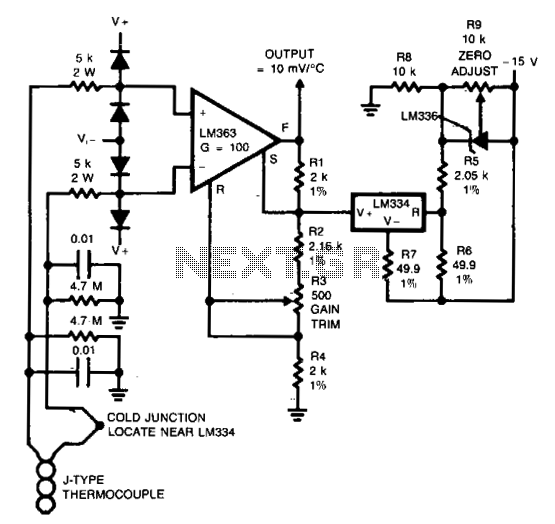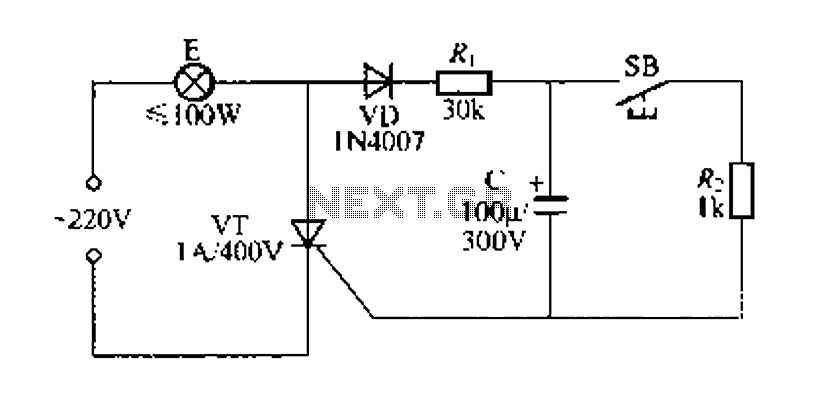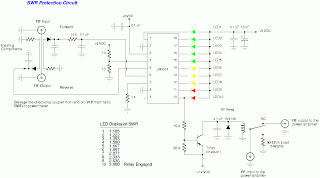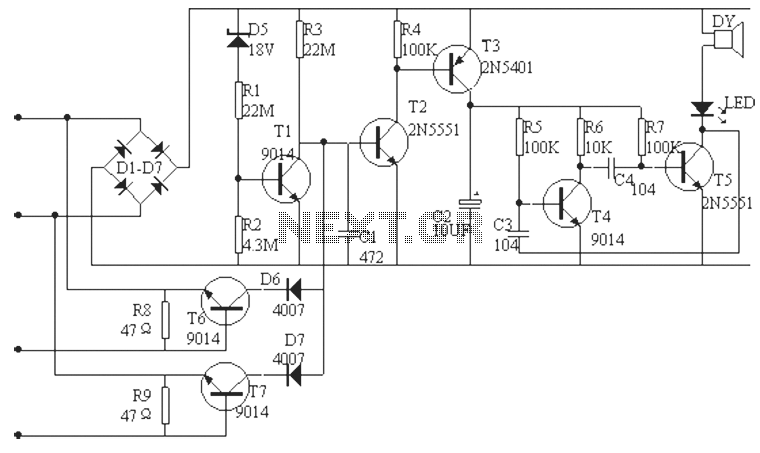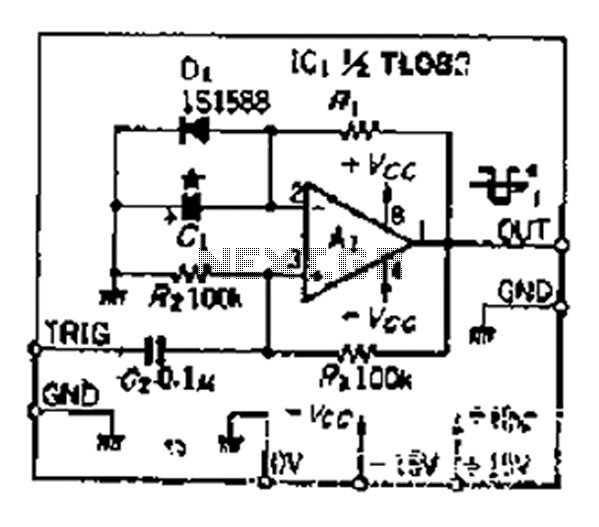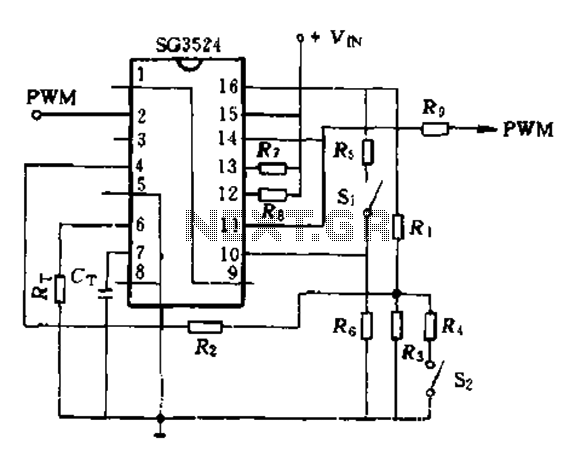
Feedback resistance circuit diagram of current feedback operational amplifier
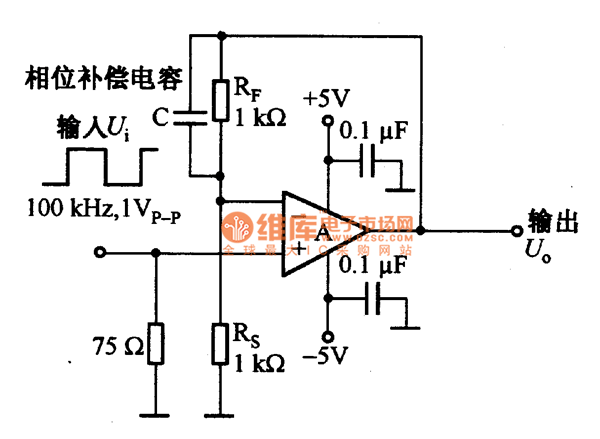
The current feedback operational amplifier maintains a consistent bandwidth even when the open-loop gain is altered. This characteristic makes it particularly suitable for applications in video signal amplification and the driving circuits of video cables. The accompanying diagram illustrates a video in-phase amplification circuit. When utilizing the broadband high-speed voltage feedback operational amplifier AD844, additional considerations are necessary.
The current feedback operational amplifier (CFOA) is designed to provide high-speed performance while preserving bandwidth, making it suitable for various applications, especially in video processing systems. Unlike traditional voltage feedback operational amplifiers, which exhibit a trade-off between gain and bandwidth, CFOAs maintain a constant bandwidth over a range of gain settings. This unique property is essential for video signal amplification, where signal integrity and fidelity are critical.
In video applications, the CFOA can efficiently amplify the in-phase components of the video signal, ensuring that the output remains synchronized with the input. The use of the AD844 operational amplifier is particularly advantageous due to its high bandwidth and fast slew rate, which are essential for handling the rapid changes in video signals without introducing distortion or delays.
The schematic for the video in-phase amplification circuit typically includes the CFOA configured in a non-inverting configuration, allowing for a gain that can be easily adjusted by changing the feedback resistor values. Additional components such as capacitors may be included to filter out unwanted high-frequency noise, ensuring that only the desired frequency components of the video signal are amplified.
The design considerations for implementing the AD844 in this application involve careful selection of resistor and capacitor values to optimize the gain-bandwidth product and minimize signal degradation. It is also crucial to ensure proper power supply decoupling to maintain stability and performance, particularly in high-frequency applications.
Overall, the current feedback operational amplifier, exemplified by the AD844, plays a vital role in modern video signal processing, enabling high-quality amplification while preserving signal integrity across varying gain settings.About the current feedback operational amplifier, even if the open-loop gain was changed, the bandwidth also will not be changed. It is often used in video signal amplificaion and the drive circuit of video cable. The diagram is a vedio inphase amplification circuit. If the broadband high-speed voltage feedback op amp AD844 is adopted, it need to have.. 🔗 External reference
The current feedback operational amplifier (CFOA) is designed to provide high-speed performance while preserving bandwidth, making it suitable for various applications, especially in video processing systems. Unlike traditional voltage feedback operational amplifiers, which exhibit a trade-off between gain and bandwidth, CFOAs maintain a constant bandwidth over a range of gain settings. This unique property is essential for video signal amplification, where signal integrity and fidelity are critical.
In video applications, the CFOA can efficiently amplify the in-phase components of the video signal, ensuring that the output remains synchronized with the input. The use of the AD844 operational amplifier is particularly advantageous due to its high bandwidth and fast slew rate, which are essential for handling the rapid changes in video signals without introducing distortion or delays.
The schematic for the video in-phase amplification circuit typically includes the CFOA configured in a non-inverting configuration, allowing for a gain that can be easily adjusted by changing the feedback resistor values. Additional components such as capacitors may be included to filter out unwanted high-frequency noise, ensuring that only the desired frequency components of the video signal are amplified.
The design considerations for implementing the AD844 in this application involve careful selection of resistor and capacitor values to optimize the gain-bandwidth product and minimize signal degradation. It is also crucial to ensure proper power supply decoupling to maintain stability and performance, particularly in high-frequency applications.
Overall, the current feedback operational amplifier, exemplified by the AD844, plays a vital role in modern video signal processing, enabling high-quality amplification while preserving signal integrity across varying gain settings.About the current feedback operational amplifier, even if the open-loop gain was changed, the bandwidth also will not be changed. It is often used in video signal amplificaion and the drive circuit of video cable. The diagram is a vedio inphase amplification circuit. If the broadband high-speed voltage feedback op amp AD844 is adopted, it need to have.. 🔗 External reference
